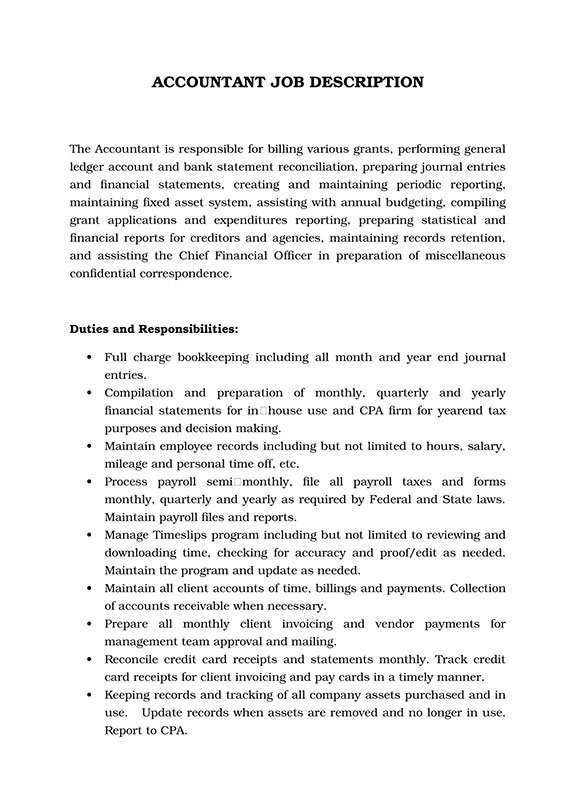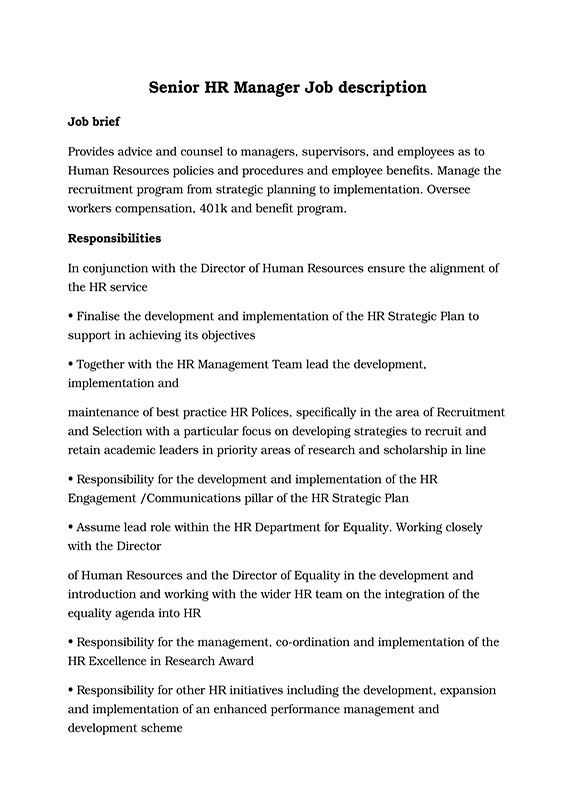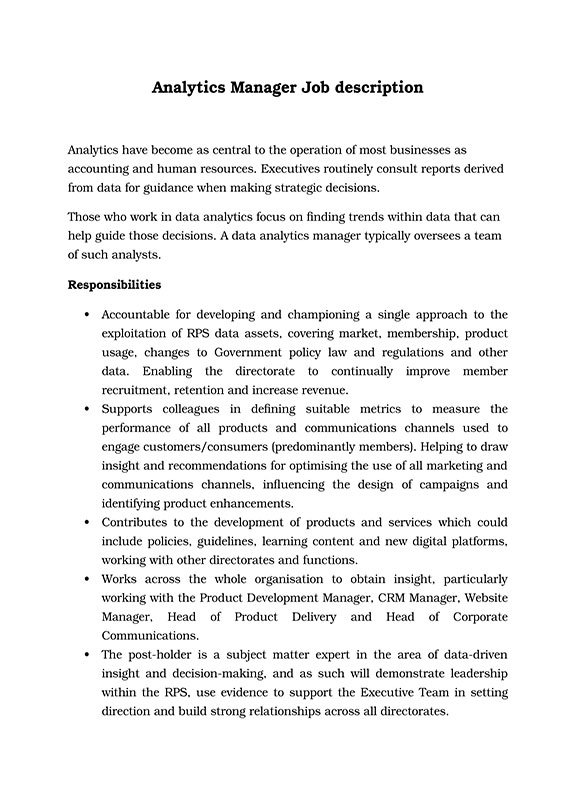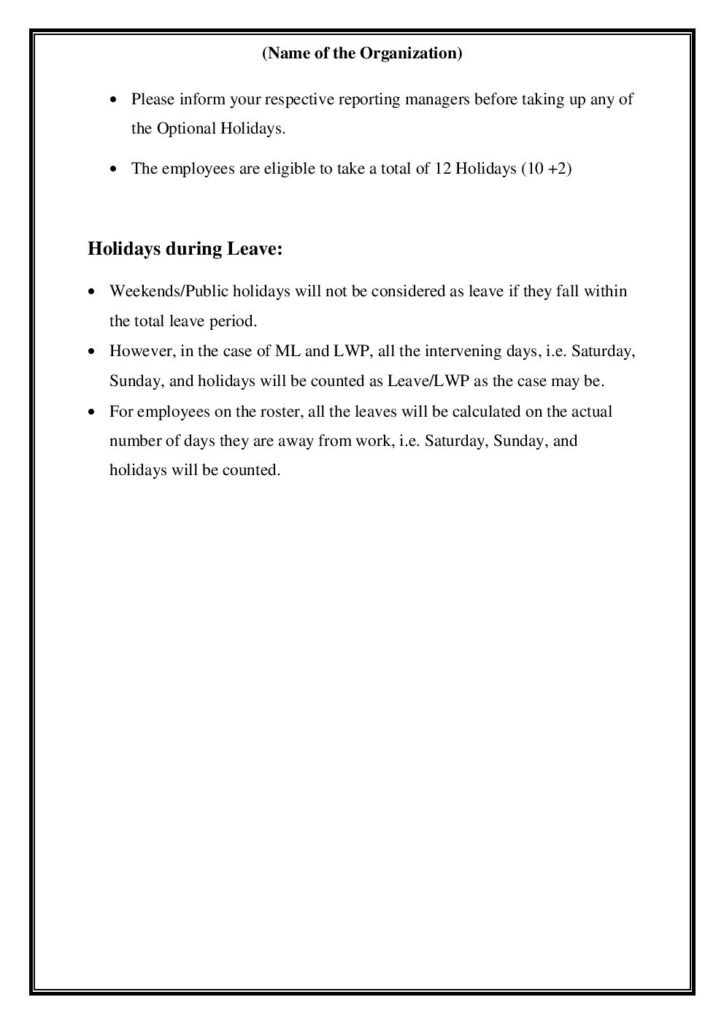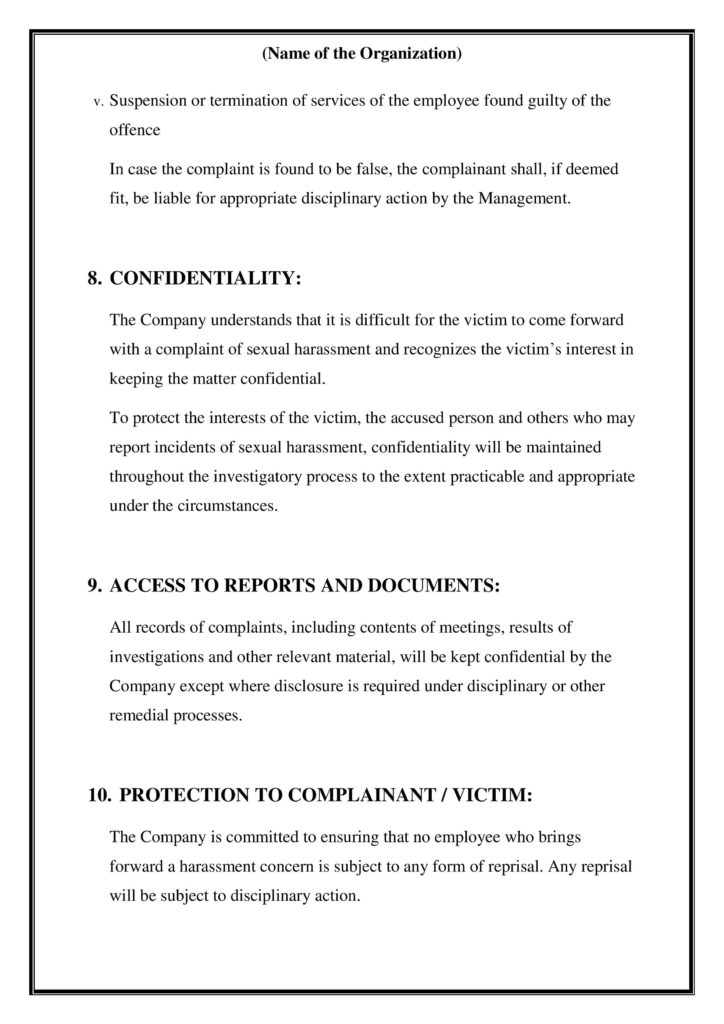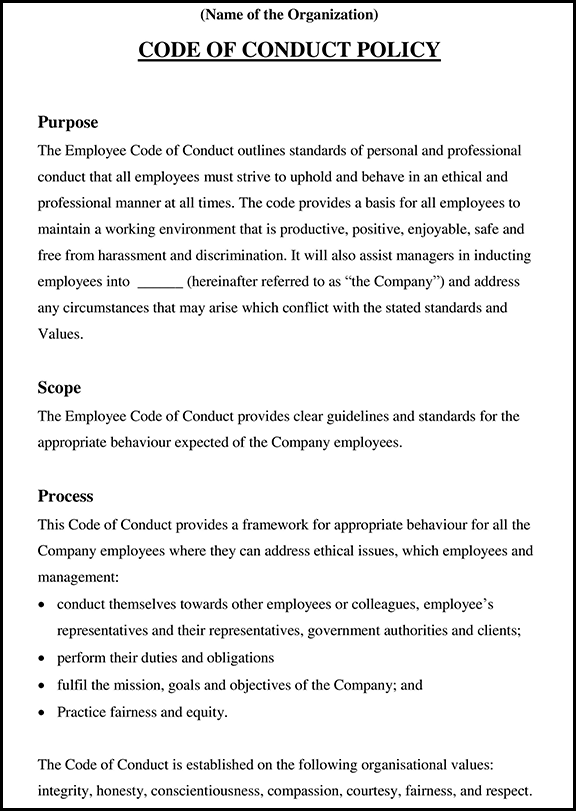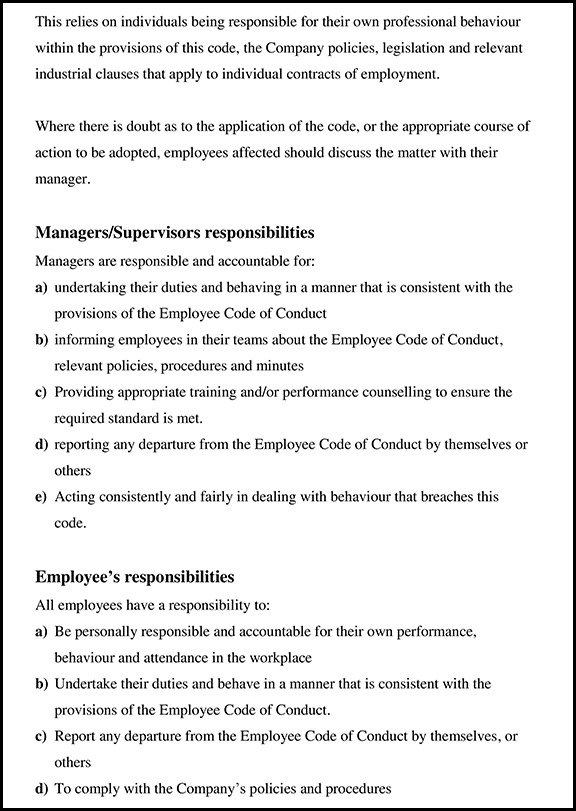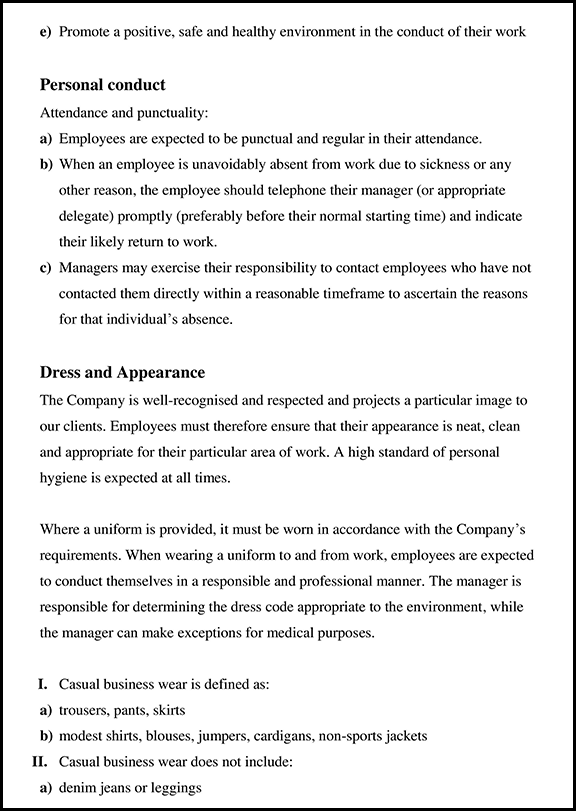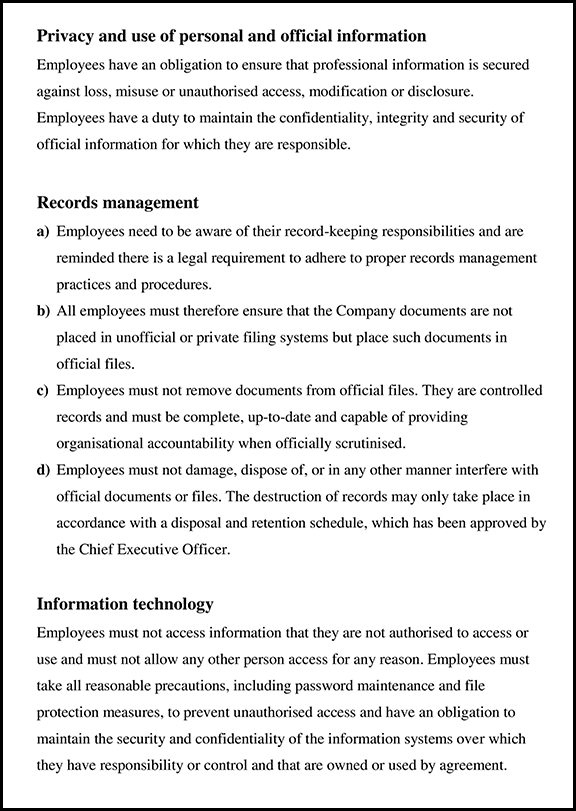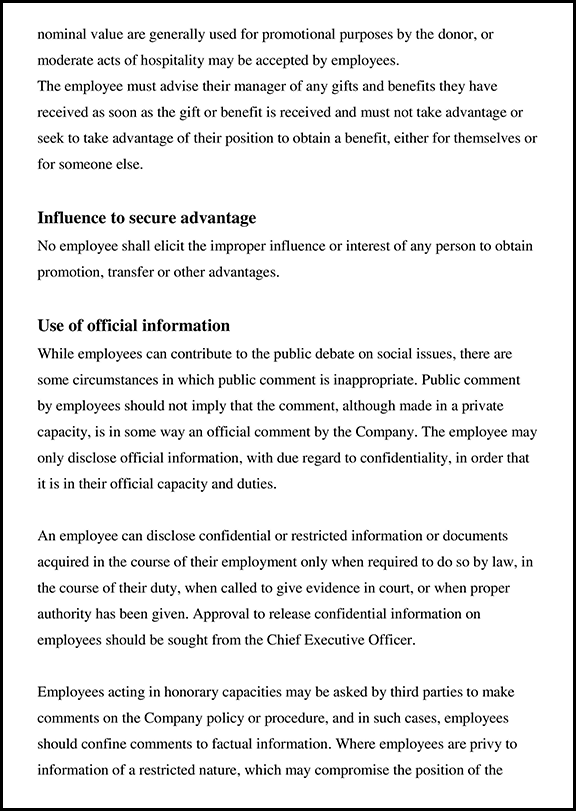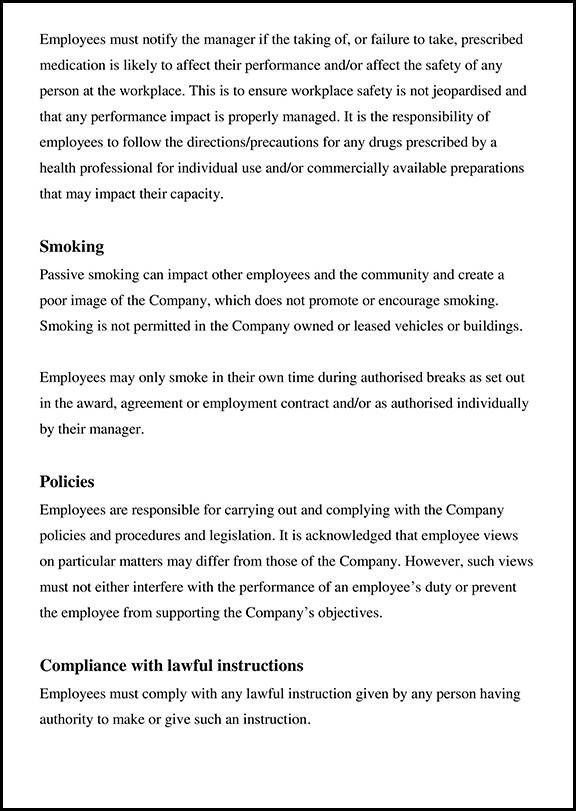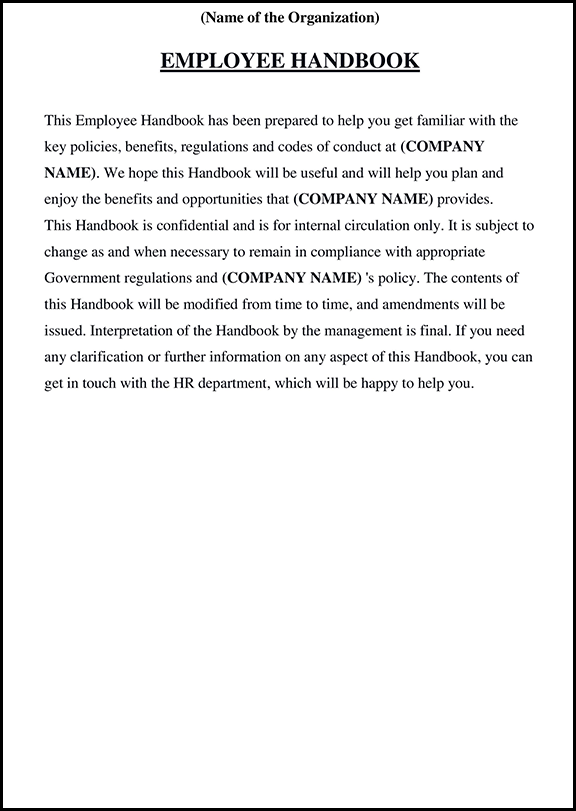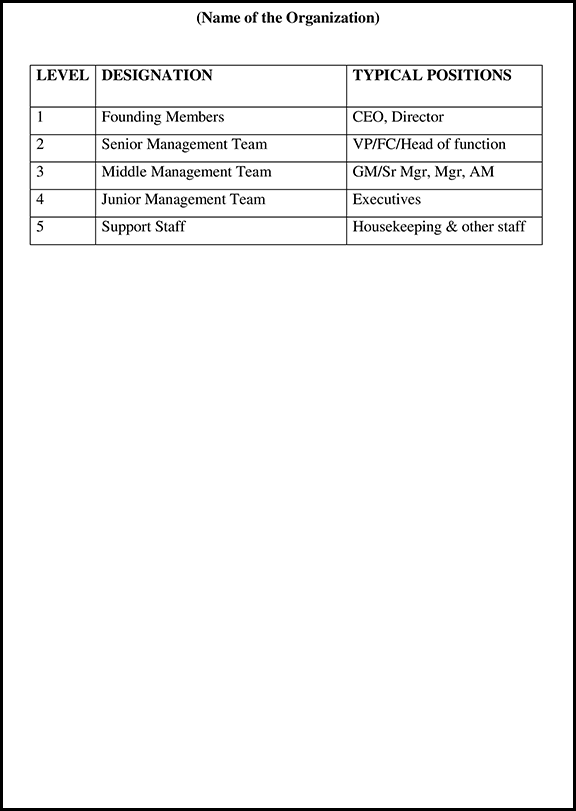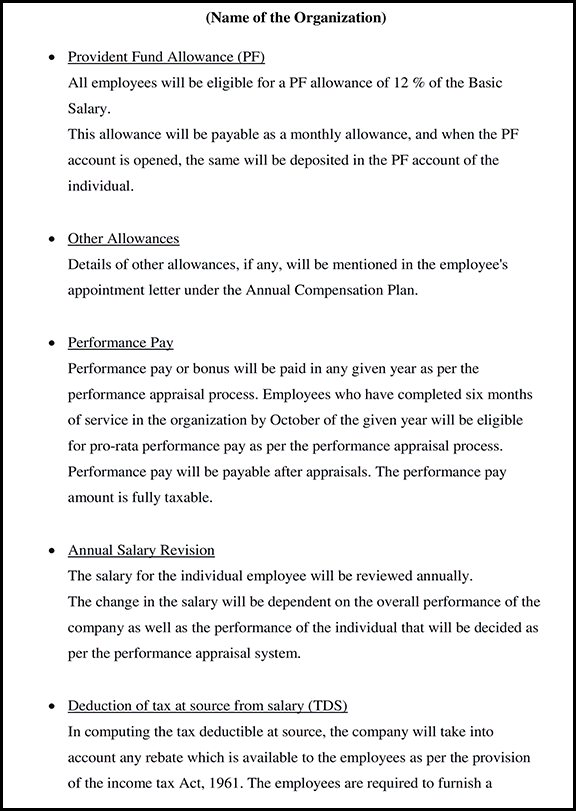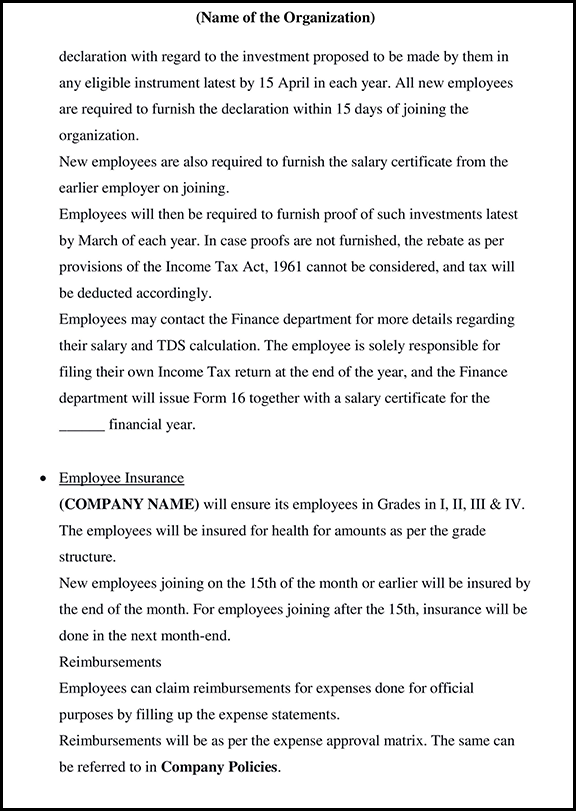
Job Description Format: 1200+ Templates, Samples and Examples
What is Job Description?
The term “Job Description” somewhat explains itself doesn’t it? It simply means describing and everything related to the Job. The main idea behind a JD is to lay out the information that’s related to everything in and around a certain job. It plays a very important role in the Human Resource Industry. Because an Employer first makes a Job Description that consists of the specification of what he needs from a certain employee. After it is set, the hiring process starts. That’s the reason that it is considered as a primary document when it comes to hiring or reviewing performances of prospective employees and employees respectively.
A Job Description format gives both the employer and the employee a clear idea of the requirements of a certain Job. The JD outlines all the duties and responsibilities that come along with any certain job. It also gives an indication of the types of skills that are required to carry out that particular job. Generally, a detailed JD will consist of all the important details related to any particular job like Job Role, Job Title, Responsibilities, Job Summary, etc.
Job Description Format
Well-written Job descriptions attract talented candidates. Optimized according to Job needs and SEO, we offer 1200+ job description formats with more exposure. This will speed up & increase hiring quality. Accurate with the right content, we likewise lead to more qualified candidates.
Importance of Job Description
A Job Description is no more just a hiring tool, it is also, a vital management tool in today’s business world.
No one wants any confusion when it comes to employment, right? That why JDs are so important in any business. It gives clarity to both the employer and the employee when it comes to specifying what is required and expected from a particular job role. Job Descriptions are an important asset to any business because it not only helps in finding the most suitable candidate for a particular job but it also helps the employers while reviewing the performance of the hired employee.
The main role is to make everyone aware of what is required and expected from an employee who’s carrying out any particular job and also, makes the employees aware that how and on what basis they will be assessed. Nowadays, JDs play a much important and wider role than just assisting in screening candidates for a particular job.
Why is a Job Description important for an employee?
As an employee, you would like to know as much as you can about your job role. Job Descriptions help you understand everything you need to know about any specific job role. It outlines the duties and responsibilities that come along with the job role. It clarifies every important detail when it comes to any given job.
Why are Job Descriptions so Important for an Employer?
Similarly to an employee, an employer also needs clarity about everything related to any given job role. Job Descriptions layout every important detail related to that particular job. This helps the employer in getting a proper idea of what to expect from an employee who’s carrying out that specific job.
Job Description Example
Accounting Job Descriptions
Account Officer/Assistant
Budget Analyst Job
Accounting Clerk
Billing Analyst Job
Accounting Specialist/Supervisor
Billing Specialist Job
Audit Manager
Charterted Accountant
Administration & Support Job Descriptions
Administrative Assistant
Back Office Executive
Administrative Coordinator
Administrative Manager
Branch Management
Administrative Officer
Business Manager
Client Services Coordinator
Banking and Finance Job Descriptions
Cost Analyst
Finance Assistant
Finance Manager/Officer
Financial Advisor
Financial Analyst
Head of Finance
Insurance Advisor
Loan Officer/Loan Processor
IT Job Descriptions Format
Analytics Manager
Android/IOS Developer
Backend Developer
Data Analyst
DevOps Engineer
Full Stack Developer
IT Business Analyst
SEO Executive, Specialist, Manager.
How to Write a Job Description?
Now that you know, “What is a Job Description?” & “Why is it Important?”, let’s move on to the most important thing you need to know and do i.e. “How to Write a JD?”. It’s a very important part and you need to make sure that your JD is a great and informative one.
Writing isn’t a complicated thing to do if you know exactly what you want from it. It is a vital tool for your business not only for recruitment purposes but also when it comes to the management of employees.
Job Descriptions should be Informative.
The main aim of any JD is to describe the job in the best possible way. While writing a Job Description, make sure you do not miss out on any key points. Job Descriptions should be written in a way that the information written in them should be enough to explain the job.
Clarity:
A JD should provide clarity to both the employer as well as the employee. Your JD should provide all the information required to clarify every important detail related to any given job role.
Keep the language as simple as possible.
Your JD should be simple enough for everyone to understand and avoid any confusion and also, Keep in mind that you do not need to overwrite anything, keep it simple and to the point.
Writing JDs is actually a quite easy and straight-forward process. Making a convincing JDs is vital to helping you attract in the most qualified contenders for the job. Keep it simple and to the point.
As per the research conducted by Indeed, it was found that job descriptions between 700 and 2,000 characters get up to 30% more applications.
job Description Format:
The format and layout of any JD should be simple and accurate and also, it should clearly define the needs of the role. However, the actual structure of the JD will typically vary between roles and organizations. A well-rounded job description template will generally be structured as follows:
1. Job Title.
A Job Title is naturally the first thing that anyone would like to know about. A job title describes an employee’s position in the organization. Titles define the job role as well as the responsibilities that come along with the job.
2. Job Summary.
Job Summary gives us an overview of the JD. It is basically a shorter version of the detailed JD. The main of writing Job Summaries is that people get an idea about the job without actually going through the whole Job Description.
3. Responsibilities and Duties.
The main crux of any JD is the part where the responsibilities and duties that come along with any job are explained. It should contain detailed day-to-day responsibilities related to the job. This point should be clear enough to outline an employee’s responsibility to carry out the expected duties. This section of the JD should lay down the list of all the responsibilities and duties that come along with the given job role.
4. Qualifications.
Conclude your JD by explaining the required qualification in terms of education as well as experience that are required to carry out the job properly. Job specification and qualifications are derived from job role analysis.
5. Skills.
The skills required to perform the job should be mentioned in the JD as well. The skills that an individual possesses may have a huge impact on the efficiency of his or her job performance.
6. Compensation.
Any employee would be curious to know about the compensation(salary and incentives) that will be received in exchange for the service provided by them and also, A piece of detailed information about compensation is an essential part of a good JD.
Why you need Job Descriptions?
1. This Helps your staff duties as well as align with your company vision.
2. They help to clearly outline to applicants their roles as well as responsibilities.
3. Form the foundation for the development of interview questions.
4. It can also use for training and development.
6. It can also be used as a means to communicate expectations.
7. Define the basis for performance management.
8. Discipline. and Also, you can use the Job Description template to Discipline an employee who isn’t adequately carrying out his job functions.
Flexibility is the key when it comes to Job Descriptions. Creating generic JD is a wise choice. It emphasizes expectations and accountabilities related to the job.
Join a Community of 1,00,000+ HR Professionals


